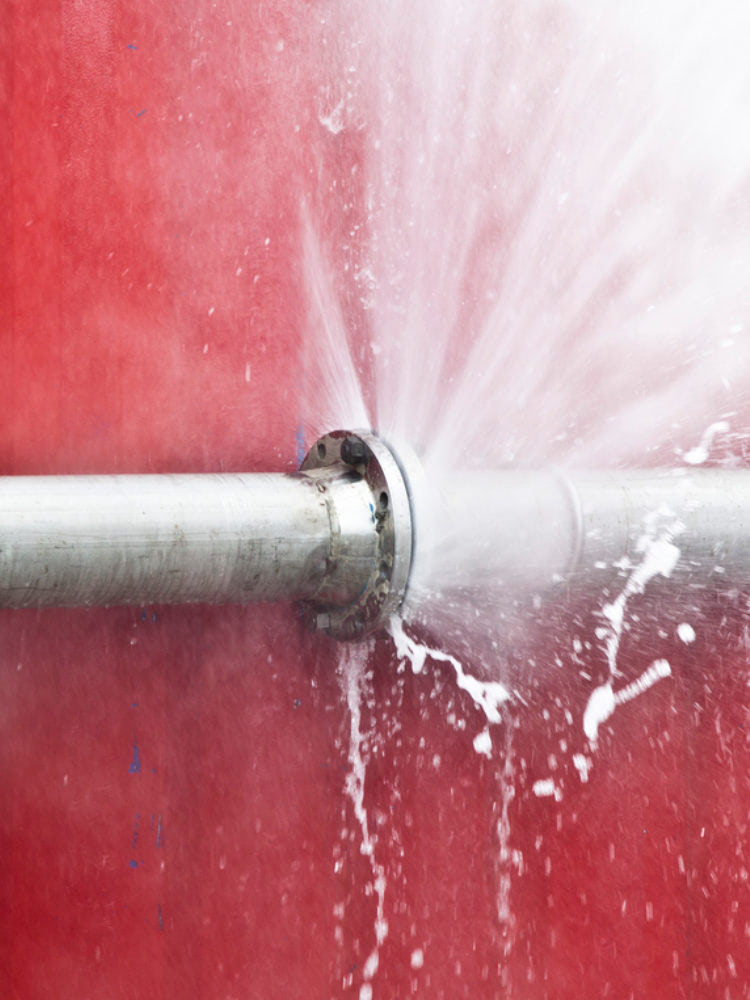Spot Common Causes for Leak Problems Within Your Residence
Spot Common Causes for Leak Problems Within Your Residence
Blog Article
Right here in the next paragraph you can discover a good deal of really good information regarding Top Causes of Home Water Leaks.

Leakages not just create waste of water but can also cause unneeded damages to your house and advertise undesirable organic development. By looking and recognizing for day-to-day scenarios that create leaks, you can protect your residence from future leakages as well as unneeded damages.
Intruding origins
A lot of water leakages begin outside your house as opposed to inside it. If you discover an unexpected reduction in water stress, say in your faucet, take some time to go out as well as analyze your yard. You could observe damp spots or sinkholes in your lawn, which could imply that tree origins are getting into water lines creating water to seep out. You can have your plumber look for invasion, particularly if you have trees or bushes near your home.
Corroded water supply
This might be the cause of discoloration or warping on your water pipelines. If our plumbing system is old, take into consideration replacing the pipelines because they are at a higher threat of corrosion than the newer designs.
Malfunctioning Pipe Joints
The factor at which your pipes link is often the weakest web link in the waterline. Pipeline joints can wear away over time, leading to water leaks. The majority of pipeline joints are not quickly visible. If you have noisy pipes that make ticking or banging noises, especially when the hot water is switched on, your pipe joints are probably under a lot of stress. It is advisable to have your plumber evaluate your system once a year.
Instantaneous temperature adjustments.
Severe temperature level adjustments in our pipes can trigger them to expand and also get suddenly. This growth as well as tightening might trigger splits in the pipes, particularly if the temperature are below freezing. It would certainly be best if you watched on exactly how your plumbing works. The existence of the previously stated situations frequently suggests a high danger.
Poor Water Connectors
At times, a leak can be created by loosened tubes and pipelines that supply your home appliances. In instance of a water connections leak, you might see water running directly from the supply line or puddles around your home appliances.
Blocked Drains
Obstructed drains may be annoying and inconveniencing, but they can often end up causing an overflow resulting in burst pipes. Keep removing any type of materials that may drop your drains pipes that can block them to stay clear of such aggravations.
All the above are reasons for leaks however not all water leaks arise from plumbing leaks; some leakages might originate from roofing leaks. All leakages ought to be fixed right away to avoid water damage.
Leakages not only cause waste of water but can also create unneeded damage to your home and also promote undesirable natural growth. By looking and also comprehending for day-to-day situations that create leaks, you can protect your house from future leakages and also unnecessary damages. Today, we will look at six leak triggers that may be triggering your pipes to drip.
At times, a leakage can be triggered by loosened hoses and pipelines that supply your devices. In case of a water links leak, you might observe water running directly from the supply line or pools around your appliances.
How To Check For Water Leak In Your Home
How To Check for Leaks
The average household's leaks can account for nearly 10,000 gallons of water wasted every year and ten percent of homes have leaks that waste 90 gallons or more per day. Common types of leaks found in the home are worn toilet flappers, dripping faucets, and other leaking valves. These types of leaks are often easy to fix, requiring only a few tools and hardware that can pay for themselves in water savings. Fixing easily corrected household water leaks can save homeowners about 10 percent on their water bills.
To check for leaks in your home, you first need to determine whether you're wasting water and then identify the source of the leak. Here are some tips for finding leaks:
Take a look at your water usage during a colder month, such as January or February. If a family of four exceeds 12,000 gallons per month, there are serious leaks.
Check your water meter before and after a two-hour period when no water is being used. If the meter changes at all, you probably have a leak.
Identify toilet leaks by placing a drop of food coloring in the toilet tank. If any color shows up in the bowl after 10 minutes, you have a leak. (Be sure to flush immediately after the experiment to avoid staining the tank.)
Examine faucet gaskets and pipe fittings for any water on the outside of the pipe to check for surface leaks.
Undetected water leaks can happen without the home or business owner even realizing. If you suspect a water leak, but not able to find the source. It is time to contact a professional water leak detection service, The Leak Doctor.
How To Find a Water Leak In Your Home
https://www.leakdoctor.com/blog/How-To-Check-For-Water-Leak-In-Your-Home_AE197.html

We were shown that article on Most Common Causes of Leaky Pipes from a friend on a different web blog. Remember to set aside a second to distribute this blog post if you enjoyed reading it. Thanks so much for taking the time to read it.
Ready to assist, call now! Report this page